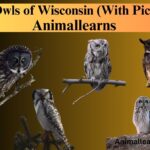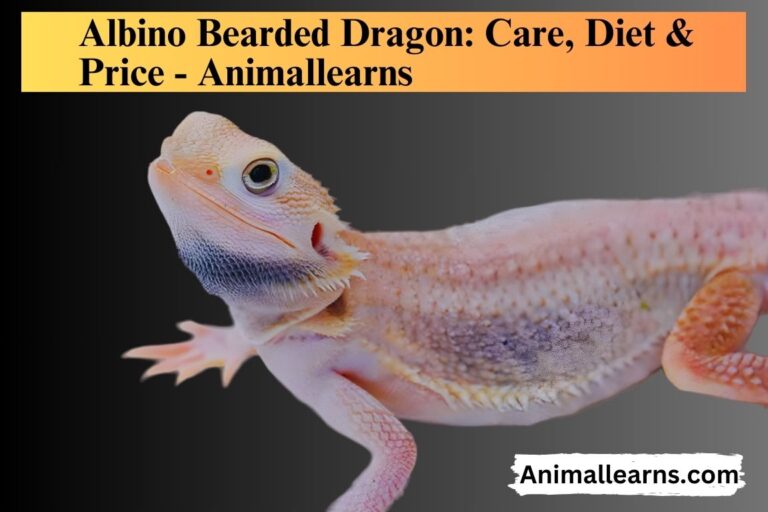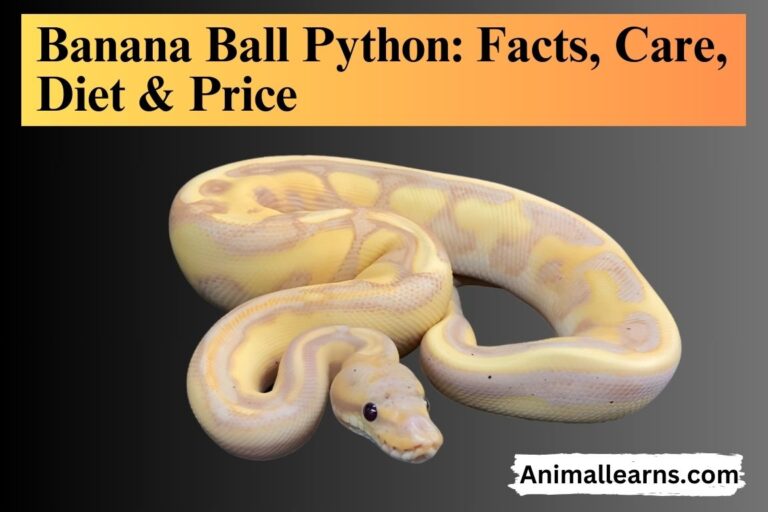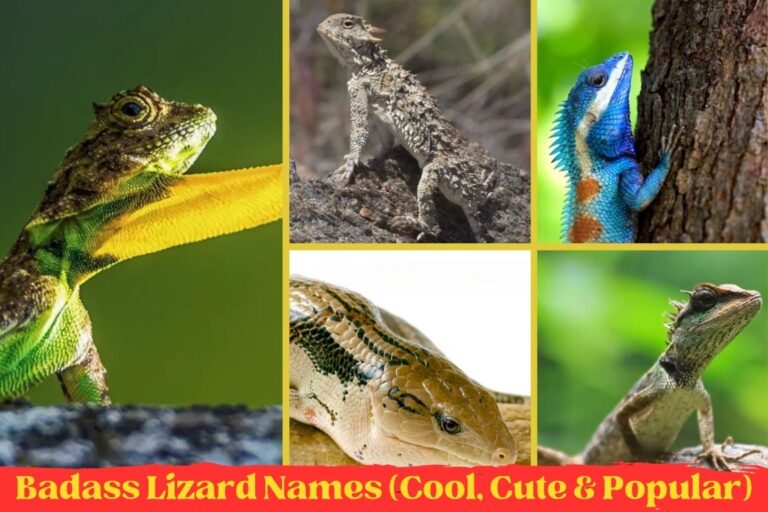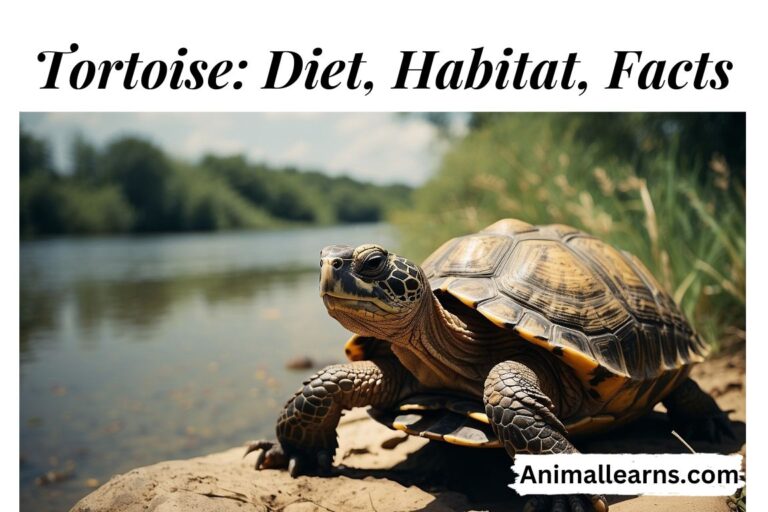Spotted Python: Diet, Types, Habitat & Behavior

Belonging to the Children’s python family, the spotted python has erratic patches that can combine to form stripes or bands. This python species is known for being the smallest, with average lengths of only a few meters.
Its characteristic spots are dark brown blotches on a light brown background that frequently combine to form stripes, particularly in the vicinity of the head and tail.
They are popular pet snakes due to their small size (maximum length of 1–1.4 m) and calm temperament. Known as Antaresia maculosa, they are native to northern Australia and New Guinea.
As a result, they are in great demand among reptile aficionados in Australia and elsewhere. Interestingly, the two subspecies of the species that are officially recognized are A. maculosa maculosa and A. maculosa peninsularis. This differentiation was made in 2020.
Appearance
Contents

In comparison to their bigger relatives, these rather thin pythons almost seem delicate; even ball pythons of the same length appear distinctly chunky. Adults range in length from 39 to 55 cm (100 to 140 cm), yet there is a report of a specimen that is 69 inches (180 cm) long.
Within the genus Antaresia, it is the biggest species. All of its existence, it has an erratic, blotchy color pattern. The patches have jagged edges because the black pigmentation appears only on entire scales.
Males of this species and others in the genus Antaresia may compete with one another for females, as evidenced by the fact that the biggest known example of the species was a male.
This behavior has only ever been observed in captive species; it has never been observed in the wild. In these kinds of situations, males typically fight by biting, punching, and constricting.
Spotted Python Natural Habitat
The eastern to northeastern Australian coast, extending from northern New South Wales to Cape York in Queensland, is home of this reptile. They prefer damp forests over dry ones, as well as riverbanks and places with rocks, especially bat-friendly caves.
Diet and Nutrition
It captures insectivorous bats at the entrance to its caverns, and they are among its favorite diets. Since they are the biggest members of the species, mice and other tiny rodents are typically accepted in captivity. They also usually eat other species of reptiles, including the local Dubious dtella gecko.
Distribution

Found throughout Australia, extending from the Cape York Peninsula’s far north to northern New South Wales, eastern Queensland, and southern Queensland. furthermore on several islands off the Queensland coast. “Rockhampton, Port Mackay, Port Bowen” is the typical locale that is provided.
By using lectotype designation, L.A. Smith (1985) limited the type locality to “Port Mackay” (Mackay, Queensland, at 21° 09’S, 149° 11’E). There are worries that Antaresia maculosa, which has also been reported from Weam in Western Province in the southern Trans-Fly area of Papua New Guinea, is being used for the pet trade in Indonesian West New Guinea.
Found in various sorts of settings, however, it is best at home among rocky outcrops and slopes with caverns and cracks.
Mating Habits and Reproduction
As oviparous (laying eggs) reptiles, they normally begin mating in late fall and continue through the winter. Males become more active during this period and may travel great distances in pursuit of partners.
The eggs will hatch in fifty to sixty days. It is recommended to feed the hatchlings tiny prey items such as pinky mice or crickets.
The following summarizes spotted python reproductive and mating behaviors:
- Mating season: Late autumn to winter
- Courtship: Tail twitching, tongue-flicking
- Copulation: The male inserts hemipenes into the female’s cloaca
- Egg-laying: The female lays 4 to 60 eggs in a secluded location
- Incubation: The female incubates eggs for 50 to 60 days
- Hatching: Hatchlings are on their own to find food and shelter
- Parental care: None
Different Types
They come in a wide variety of varieties, each with distinct patterns and colors. Here are some of the most well-liked ones:
- Pastel Spotted Pythom: The background color of this variety is a light pinkish-brown, with dark brown blotches.
- Champagne Spotted-Python: This variety is characterized by dark brown dots on a bright, creamy-white background.
- Spider: This kind of spotted-python resembles a “spider” web due to a row of linked dark brown spots running down its back.
- Woma: This is characterized by pale yellow patches on a dark brown background.
- Blackhead: The body of this kind is pale yellow, with a black head.
- Platinum: The base color of this variety is extremely light, nearly white, with fewer and smaller dark brown spots.
- Pinstripe: The back of this kind of spotted python is covered in a narrow, white stripe that extends from the head to the tail.
- Piebald: The huge white patches are scattered with dark brown blotches to form a piebald pattern on this variety.
- Lavender: This variety of python features dark brown markings on a lavender background.
- Candy Cane: The red and white stripes on this kind of this python alternate.
Population and Conservation Status
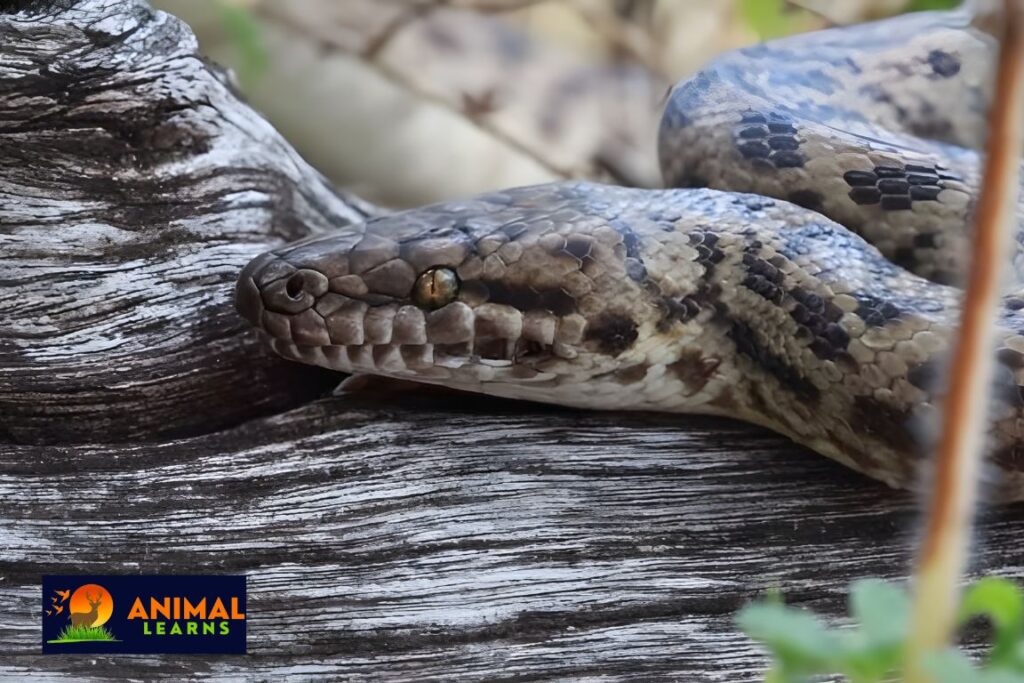
They are widespread and have a steady population in northeastern Australia, according to the IUCN Redlist of Threatened Species. Because of its adaptability, it can live in a variety of settings, including crowded regions.
Given its widespread distribution and habitation in many protected regions, it is unlikely that the snake will encounter any significant challenges. The spotted python was included under Appendix II of the Convention on International Commerce in Endangered Species of Wild Fauna and Flora (Cites), which prohibited certain international commerce.
With the passage of the Environmental Protection and Biodiversity Conservation Act in 1999, Australia outlawed the export of this and other indigenous species. That implies that, at the very least, it won’t be available to breeders very soon if it isn’t already, at least not in a legal manner.
Fortunately, enough of these snakes were shipped before to the EPBCA’s passing, and they may be readily maintained and propagated.
How Dangerous Are They?
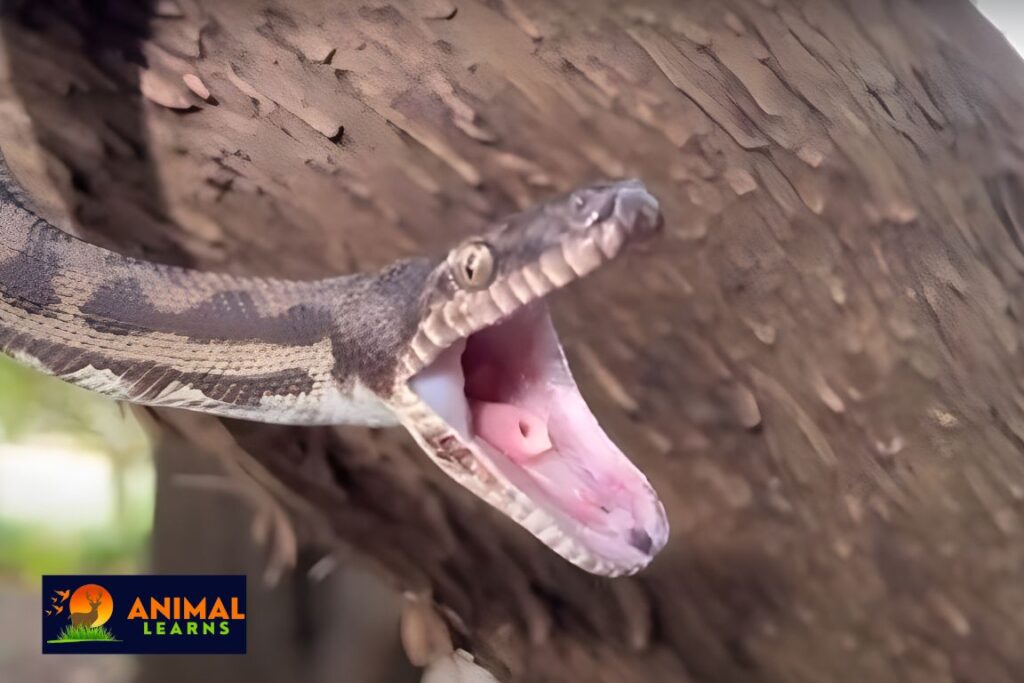
Non-venomous spotted pythons are not thought to be harmful to people. They are not aggressive in general and will only bite in response to perceived threats.
Generally speaking, their bites are not dangerous and may be cleaned with soap and water. However, because there is little chance of infection, it is crucial to get medical help if you are bitten by this.
The following advice can help you prevent getting bitten by a Antaresia maculosa:
- They should only be handled by someone who is experienced with them.
- Avoid approaching a Antaresia maculosa in the wild if you come across one.
- If a Antaresia maculosa bites you, clean the wound with soap and water and get medical help right away.
Although they are fascinating and lovely animals, it’s vital to keep in mind that they are wild animals and need to be handled with care.
Spotted Python as a Pet
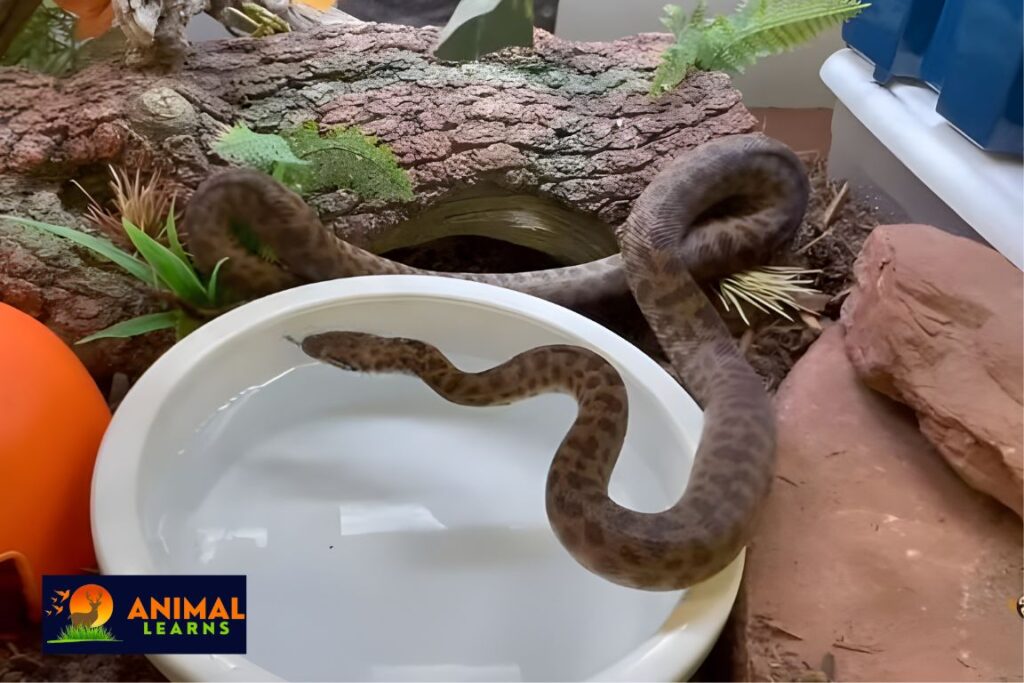
Experienced reptile keepers may find spoted pythons to be suitable companions. They are easy to maintain, quiet, and very tiny. They nevertheless need specific care to survive in captivity since they are wild creatures.
For novice reptile keepers, they are not the ideal option. They need a little more attention than some other common pet snakes, such as ball pythons.
They may, in general, be excellent pets for knowledgeable reptile keepers who are prepared to devote a considerable amount of time to their upkeep.
Behavior and Humans

These snakes are incredibly adaptable to a wide range of environments, even ones that humans have created. They don’t face any particular hazards and reproduce readily.
Because of the EPBCA, you probably won’t locate any wild-caught examples of these amazing tiny snakes outside of Australia—or you shouldn’t. Finding one from a respectable breeder is normally not too difficult, though, since there are numerous breeders throughout the world who were able to secure one before Australia’s restriction on their export.
Spotted pyhton are common house pets due to their tiny stature and generally calm personalities, as well as the ease with which they may be given the proper habitat. It’s an excellent snake for beginners because of its broad tolerance for temperature and humidity.
Conclusion
For seasoned reptile keepers, they are exquisite and captivating animals that provide a unique pet experience. They are often easy to handle because of their reputation for being peaceful and submissive. Nonetheless, it’s critical to keep in mind that they are still wild creatures and need respect.
Due to their modest size, they may be kept in reasonably sized cages. They are also not too difficult to feed and take care of. They do, however, need a little more attention than some other well-known pet snakes. For instance, they require pre-killed rats as their food source and a warm, humid atmosphere.
Do your homework and make sure you are ready to provide a spotted python the care they require if you are thinking about obtaining one as a pet. Although they may be gratifying pets, they are not a suitable fit for everyone.
FAQs
What is a Spotted Python?
Australia is home to the non-venomous Spotted_Python, a constrictor snake prized for its exquisite patterning and coloring. Typically, these very little snakes reach lengths of three to five feet.
Are Spotted Pythons Dangerous?
It is not thought that they pose a threat to people. They are generally calm, but if they feel threatened, they could bite. Usually, these bites are not harmful and can be cleaned with soap and water. In case of a bite, get medical assistance as there is little chance of infection.
What Do they Eat?
As carnivores, they mostly eat rodents such as mice, rats, and rabbits, occasionally, they may consume tiny birds and lizards. Give them a mouse that has been pre-killed and is the right size.
How Long Do they Live?
they are excellent pets for seasoned reptile keepers, since they may survive up to 15-20 years in captivity with the right care.
Can I Handle My Spotted.Python?
You can manage your Spotted_Python, but only if you treat it with kindness and consideration. Handle only for brief periods since they may become agitated. To stop the transmission of bacteria, wash your hands both before and after.





